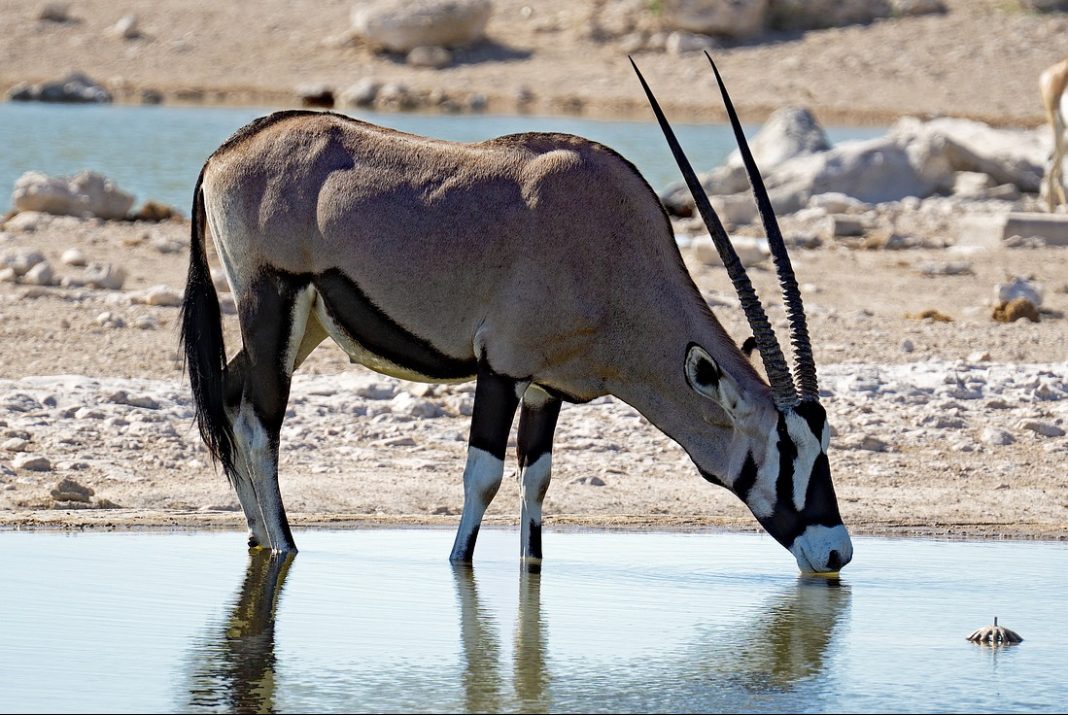Oryx numbers are on the rise in New Mexico, and the South African ungulates introduced decades ago have expanded exponentially in the Chihuahuan Desert. The New Mexico Game and Fish Department introduced the South African oryx to the Tularosa Basin starting in 1969 as a game species, and dozens were released over the next few years. Since then, their population has exploded, and there are now estimated to be several thousand oryx in New Mexico.
However, researchers are concerned about the potential effects of the oryx on the native ecosystem. Some studies suggest that the oryx may overgraze some remnant patches of desert grass. This can render the landscape unsuitable for the other species that depend on grassland ecosystems. Additionally, oryx may outcompete native species like pronghorn and mule deer for water. Likewise, their large size and weapons in the form of nearly three-foot-long horns could give them an advantage.
A Population on the Rise
Wildlife managers at the Turner Biodiversity’s Armendaris Ranch in New Mexico, where oryx numbers are growing, are already taking steps to mitigate the effects of drought. Providing artificial water sources for wildlife, however, may also provide an avenue for the oryx to expand. As such, efforts are underway to find ways to manipulate these drinking stations to exclude oryx while still allowing access to the native species.
Despite these concerns, some see increased hunting as a possible solution. Oryx were initially introduced as a game species, and hunters enjoy the chance to harvest these charismatic animals. Sales of hunting licenses for the ungulates provide a lot of revenue for the New Mexico Game and Fish Department. Moreover, some fenced ranches in neighboring Texas also hold populations.
The issue of oryx numbers in New Mexico has political implications. Balancing the recreational opportunities and revenue generation from hunting with ecosystems impacts and human-oryx conflicts is a complex matter that requires careful consideration. Nonetheless, the oryx’s population increase in New Mexico is an issue that requires attention.
In conclusion, the rise in oryx numbers in New Mexico is a significant development that has important implications for the ecosystem and native species. As researchers and wildlife managers work to mitigate the effects of the oryx, increased hunting may be a possible solution to manage their population. However, balancing the recreational opportunities and revenue generation from hunting with the potential environmental impact requires careful consideration.
You can read more about this growing population by clicking here. Likewise, you can read more New Mexico hunting news by clicking here.















